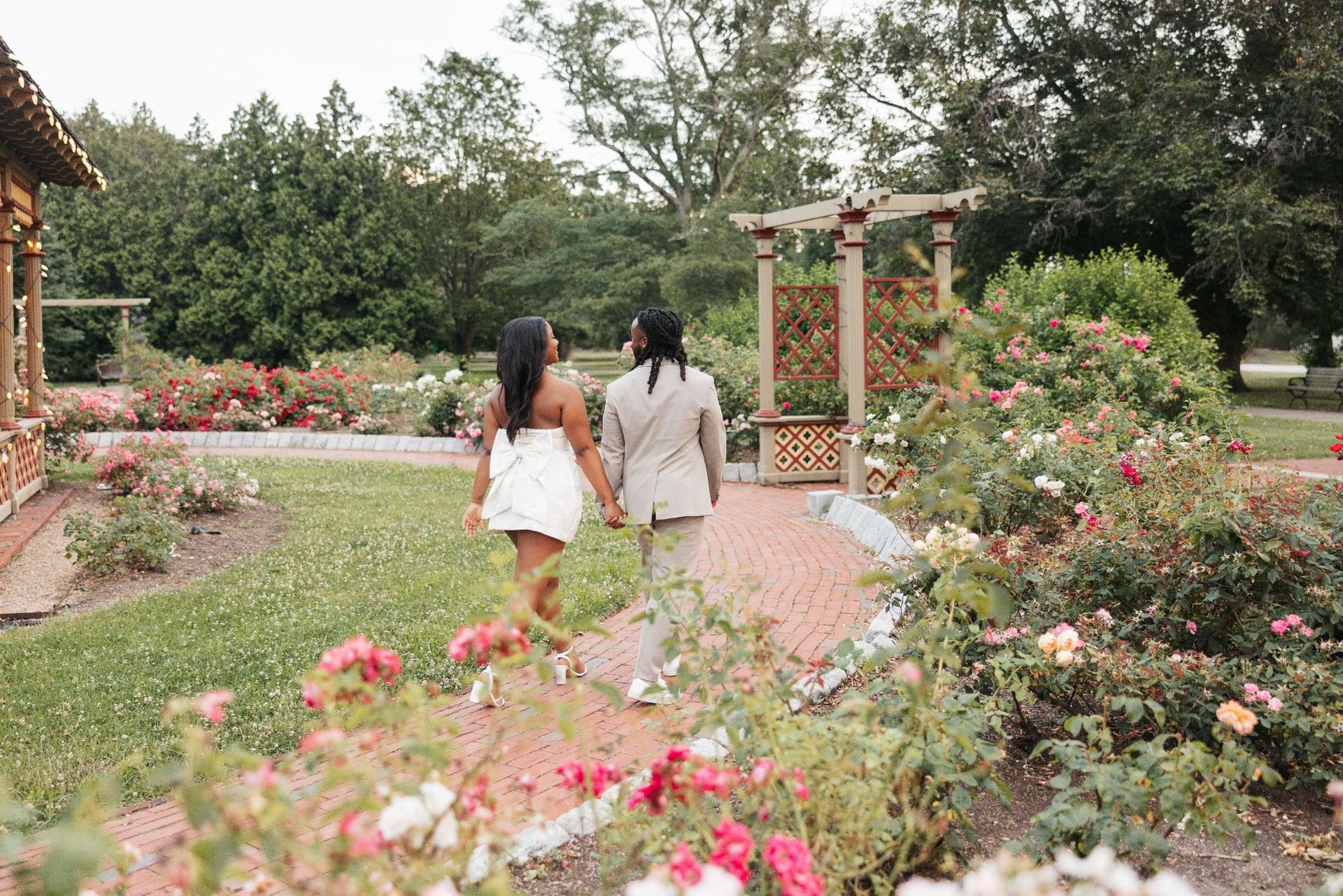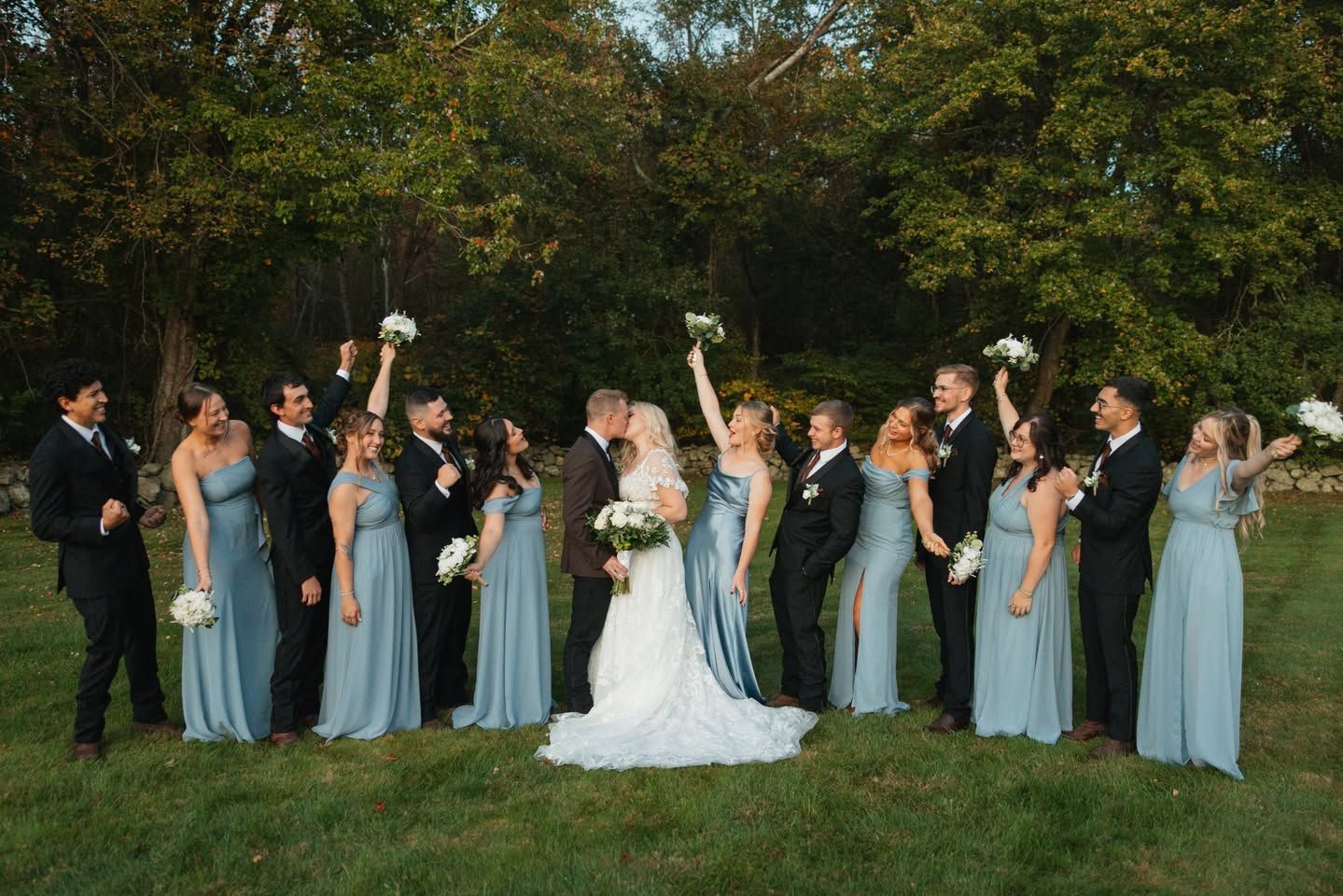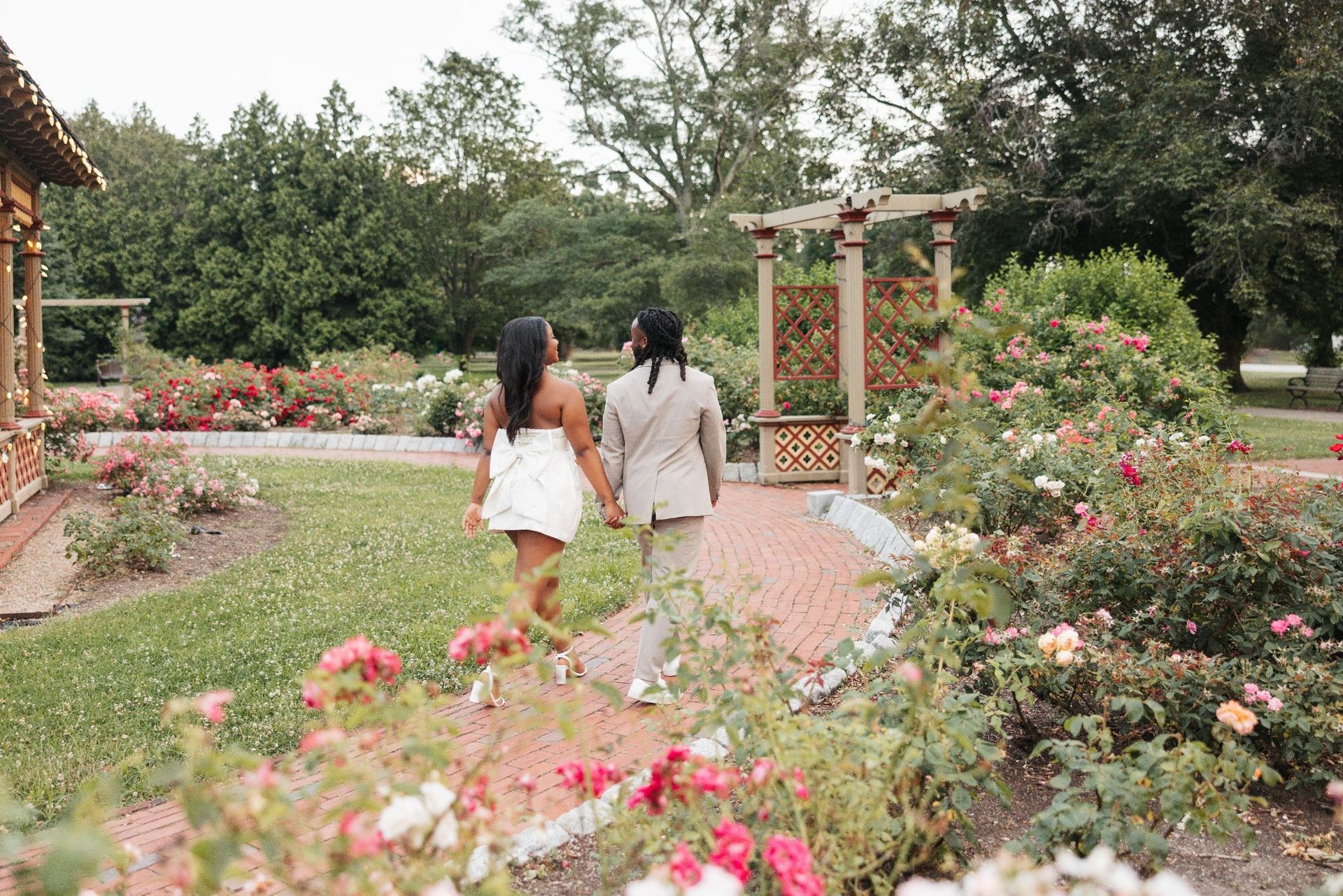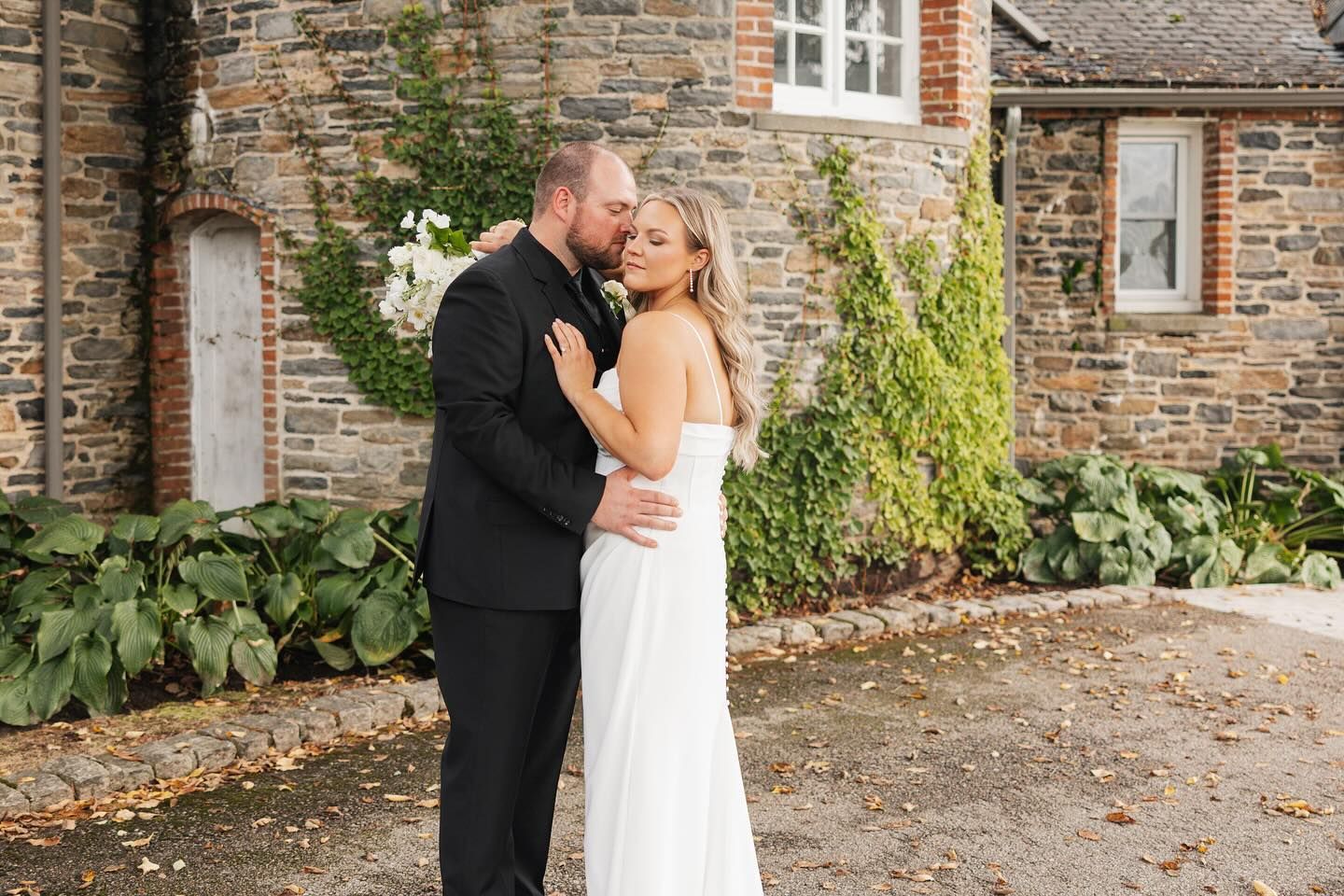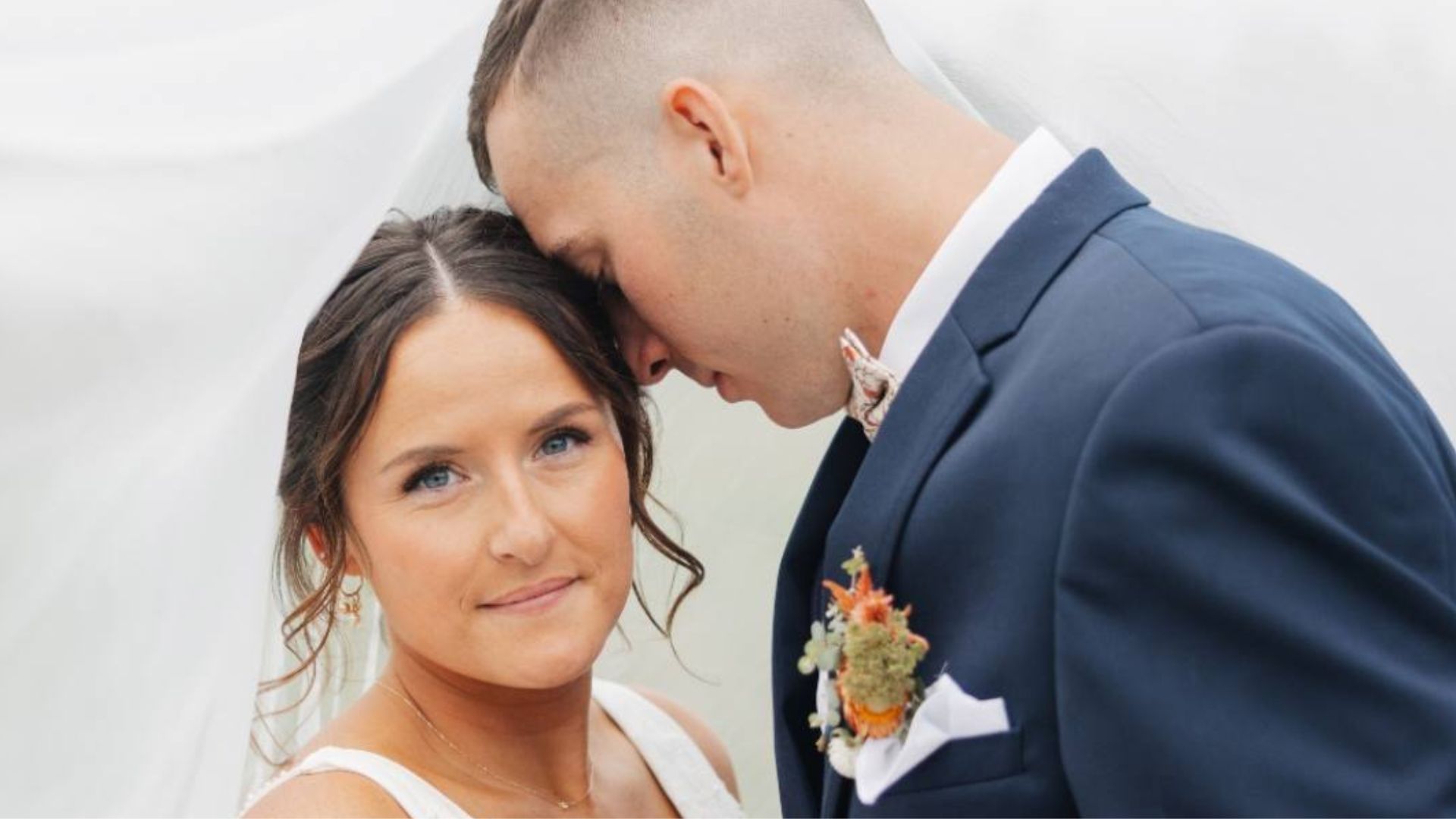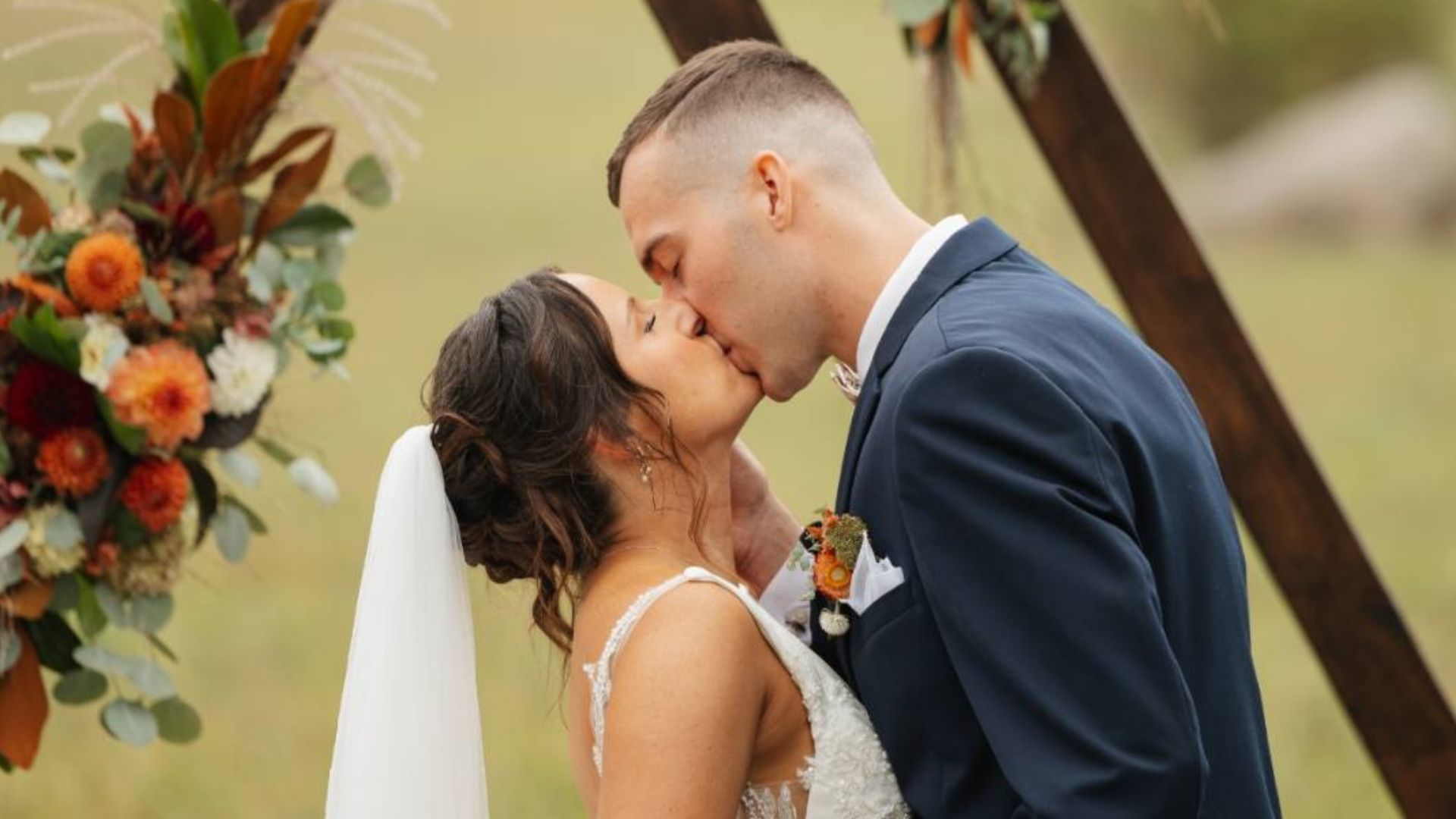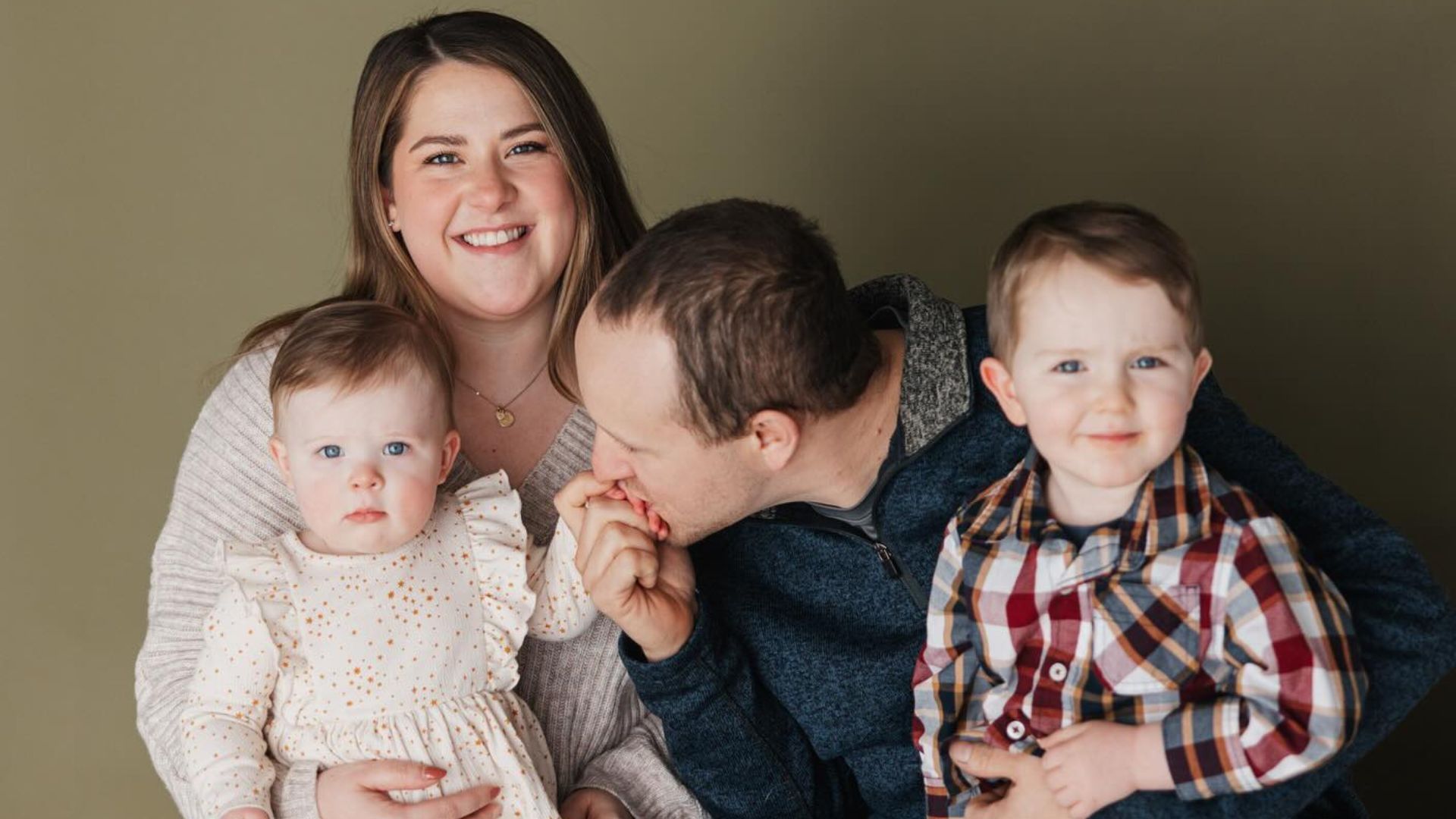In photography, capturing authentic moments is essential. This blog shares techniques for creating stunning images filled with genuine emotions. Readers will discover how to guide subjects into natural poses, avoid common pitfalls, and embrace candid beauty.
With tips on connecting with clients and using environmental elements creatively, this resource is perfect for both new and seasoned photographers looking to enhance their portrait skills. Mastering natural posing can elevate your photography to reflect true life and connection.
Understanding Authenticity: Capturing Genuine Emotions in Portraits
The Importance of Authenticity in Photography
Authenticity in photography is about more than just capturing a moment; it's about conveying the true essence of the subject. When photographers prioritize authenticity, the images resonate more deeply with viewers, enabling a real emotional connection. Genuine emotions in portraits tell stories and evoke feelings that manipulated or staged images often cannot achieve.
Techniques for Encouraging Authentic Expression
To capture genuine emotions, it’s crucial to create a comfortable atmosphere for your subjects. One effective technique is to engage them in conversation, allowing their personalities to shine through naturally. Encourage movement during the shoot—whether it's a laugh or a simple gesture—to foster relaxed and authentic expressions. The less forced the interaction feels, the more likely you are to capture those genuine moments.
The Role of Environment in Authentic Portraits
The environment plays a significant role in setting the stage for authentic portraits. Choose locations that resonate with your subject or reflect their personality, as this familiarity can enhance their comfort level. Whether it’s a bustling city street or a serene natural backdrop, integrating elements of the environment can add depth and context to your images, making them even more compelling.
Building Rapport: Connecting with Clients for Natural Poses
Establishing Trust and Comfort
Building rapport with your clients is fundamental to capturing natural poses in portraits. Start by engaging in casual conversation before the session begins, allowing clients to feel at ease. Show genuine interest in their lives and stories; this connection fosters trust which is crucial for them to open up in front of the camera.
Active Listening and Empathy
Practice active listening to better understand your client's preferences and concerns. Empathy goes a long way in making clients feel valued. Acknowledge their feelings about the shoot and reassure them that it’s okay to express themselves freely. When clients feel heard and respected, they are more likely to relax and showcase their authentic selves.
Encouraging Collaboration
Encourage your clients to participate in the creative process by asking for their input regarding poses or themes. This collaborative approach empowers them, making the session feel more like a partnership than merely a photographer-subject relationship. When clients have a say in how they're portrayed, they are likely to engage more deeply with the experience, leading to more natural poses.
Utilizing Icebreakers and Fun Activities
Incorporate light-hearted activities or icebreakers during the shoot to minimize tension and stimulate genuine interactions. Simple games or prompts that encourage spontaneity can help clients forget about the camera and focus on enjoying the moment. The resulting laughter and movement will create beautifully authentic imagery that reflects true emotions.
Guiding Without Overdirecting: Techniques for Subtle Pose Suggestions
The Balance of Guidance and Freedom
Finding the right balance between providing direction and allowing freedom is crucial for capturing authentic poses. Strong guidance can help subjects feel more secure, but too much direction can lead to stiffness or false expressions. As a photographer, it’s important to be mindful of your cues and allow space for natural movement.
Offering Gentle Suggestions
Instead of issuing strict commands, offer gentle suggestions that respect the subject's autonomy. Phrases like "Perhaps try tilting your head slightly" or "Feel free to shift your weight" can invite a more organic response. This approach positions you as a collaborator rather than a director, fostering a comfortable atmosphere where natural expressions can thrive.
Using Demonstration
Demonstrating a pose can be an effective way to guide without overdirecting. Physically showing your subject what you have in mind helps bridge the gap between suggestion and understanding. It allows them to grasp the essence of the pose you envision while still feeling free to interpret it in their own way.
Incorporating Movement
Encouraging movement rather than static poses can lead to more genuine expressions. Suggest activities like walking together, spinning, or even just shifting weight from one foot to another, which helps subjects relax into their skin. This fluidity not only nurtures authenticity but also results in dynamic images that convey emotion.
Reading Body Language
Pay attention to subtle cues from your subjects. Their body language can reveal how comfortable they are with the direction you’re providing. If they seem tense or unsure, adjust your approach accordingly. Offering positive reinforcement or shifting focus to a light-hearted topic can help ease any discomfort and encourage more genuine engagement.
Creating a Safe Space for Expression
Ultimately, creating a safe space for your subjects is key to successful photography. Let them know that it's entirely okay to express themselves freely. Reassure them that every moment—whether posed or candid—is valuable. This mindset can lead to beautiful, authentic portraits that celebrate individuality and true emotions.
Embracing Imperfection: The Beauty of Candid Moments
The Value of Unplanned Shots
Candid moments often hold a unique charm and authenticity that posed shots can lack. They encapsulate genuine emotions, interactions, and the spontaneity of life. Instead of striving for perfection in every frame, embracing the chaos of real life allows for raw expressions and genuine connections to shine through. These unplanned shots can tell a more compelling story and often resonate more deeply with viewers.
Capturing Genuine Reactions
Candid photography excels at capturing reactions in their most authentic form. Whether it’s a joyful laugh, a moment of surprise, or a pensive expression, these natural responses create a narrative that can evoke emotion. Encouraging your subjects to interact and engage with their surroundings facilitates these moments, allowing you to document their true selves without the pressure of a perfectly posed scenario.
Celebrating Flaws and Quirks
In the pursuit of beautiful imagery, it’s essential to remember that imperfections are part of what makes us human. Embracing the quirks and flaws of your subjects adds character to the photographs. Rather than editing out imperfections, consider celebrating them as elements that convey personality and authenticity. The uniqueness of these moments often becomes the focal point, transforming an ordinary photo into something extraordinary.
Fostering a Relaxed Environment
Creating a relaxed atmosphere plays a crucial role in capturing candid moments. When subjects feel at ease, they are more likely to let their guard down and embrace spontaneity. Implementing light-hearted elements, like humor or play, can help dissolve any tension, encouraging a natural flow of interaction that leads to beautiful, candid imagery.
Storytelling Through Candidness
Each candid moment contributes to the overall story you are telling through your photography. These spontaneous captures can evoke nostalgia and strong emotional responses from viewers. By allowing moments to unfold organically, you enable your audience to connect with the imagery on a personal level, enhancing the storytelling aspect of your work. Embracing these moments of imperfection not only enriches your portfolio but also creates a more meaningful viewer experience.
Creating Comfort: Making Subjects Feel at Ease in Front of the Camera
Building Rapport
Establishing a connection with your subjects is essential for creating a comfortable atmosphere. Take the time to engage in casual conversation before the shoot begins, asking about their interests or sharing light anecdotes. This initial interaction helps break the ice and fosters a sense of trust, making subjects more inclined to relax once the camera is rolling.
Setting the Scene
The environment where the shoot takes place can greatly impact how comfortable subjects feel. Consider choosing locations that resonate with them or offer a sense of familiarity. Ensure the setting is conducive to relaxation—soft lighting, inviting backgrounds, and minimal distractions can all contribute to a more enjoyable experience.
Encouraging Self-Expression
Empowering your subjects to express themselves is key to comfort. Encourage them to wear outfits that reflect their personality and style, as feeling good about what they are wearing can significantly enhance their confidence. Additionally, invite them to share any specific ideas or poses they might have in mind—this inclusion can help them feel more in control.
Being Attentive and Supportive
Throughout the session, maintain a positive and supportive presence. Offer gentle reassurance and encouragement, highlighting what they are doing well. This affirmation can combat nerves and help subjects feel appreciated and understood. Remember, your enthusiasm can be contagious; exhibiting excitement about capturing their unique essence can further lift their spirits.
Incorporating Breaks
To keep the energy high and prevent fatigue, schedule short breaks during the shoot. These pauses allow subjects to regroup, hydrate, and reset, which can lessen anxiety. During breaks, engage in lighthearted conversations or discuss what has been captured so far, maintaining an upbeat atmosphere while relieving any pressure they might be feeling.
Adapting to Individual Needs
Recognizing that each individual may have different comfort levels is vital. Pay attention to verbal and non-verbal cues, and be prepared to adjust your approach as needed. Some subjects may prefer a more directed style, while others may thrive with minimal guidance. Tailoring your methods to accommodate their preferences ensures a tailored experience that helps to put them at ease.
Using Environmental Elements: Enhancing Poses with Natural Surroundings
Integrating Natural Backdrops
Incorporating natural elements into your photography can enhance the overall composition and provide a richer narrative. Consider using trees, flowers, water features, or architectural details as backdrops that complement your subjects. These elements not only add depth to the images but also help situate the moments within a specific context, enriching the story you are telling.
Framing with Elements
Use environmental elements to frame your subjects effectively. For example, positioning a subject within the arch of a tree branch or through an open doorway creates a visual anchor that draws the viewer's eye. This technique adds layers to your photographs, guiding attention and creating a more dynamic composition.
Playing with Light and Shadows
Natural light serves as a powerful tool in photography, and understanding how to use it creatively can elevate your work. Experiment with shooting during different times of the day to capture varying light qualities and shadows. Soft, golden hour light can create an ethereal quality, while dappled sunlight filtering through leaves can add intrigue and warmth to your subjects' poses.
Incorporating Movement
Encourage your subjects to interact with their surroundings—whether it's walking through tall grass, leaning against a tree, or playing with water. This movement not only creates candid expressions but also fluidly integrates the environment into the shots, resulting in dynamic and visually engaging images.
Contextual Storytelling
Utilizing environmental elements helps convey a story or emotion associated with the locale. For instance, a subject set against a bustling cityscape may communicate energy and vibrancy, while another framed by a serene forest can evoke calmness and introspection. Consider the emotions the location elicits, and use these cues to enhance the narrative of your photography.
Elevating Aesthetic Appeal
Remember that environmental elements can greatly enhance the aesthetic appeal of your images. Patterns in nature, such as the lines of a winding path or the symmetry of a flower petal, can draw attention and add artistic flair to your poses. By mindfully selecting your surroundings, you can create stunning imagery that resonates with style and sophistication.
Body Language Insights: Decoding and Encouraging Natural Expressions
Understanding Gestures and Postures
Body language plays a crucial role in conveying emotions and sentiments in photography. By observing gestures, such as crossed arms or tilted heads, you can gain insights into how comfortable or engaged your subjects are. Open body language—like uncrossed arms and relaxed posture—often indicates ease, while closed or tense gestures may suggest apprehension. By being attuned to these cues, you can adapt your approach to encourage more natural expressions.
Encouraging Authenticity
To capture genuine expressions, create a space where subjects feel safe to be themselves. Engage them in light-hearted conversation or share relatable stories that can evoke laughter or warmth. This interaction can lead to spontaneous reactions that reflect their true feelings, resulting in candid moments that reveal their personality.
Practicing Mirror Techniques
One effective strategy for eliciting natural expressions is to adopt mirror techniques. By mirroring your subjects’ body language and gestures, you can establish rapport and encourage them to relax. This synergy allows them to see themselves reflected positively, leading to a more authentic connection during the shoot.
Prompting Emotional Responses
Utilise prompts or thought-provoking questions to evoke specific emotions that resonate with the subject's experiences. For instance, asking them to recall a happy memory or a moment of triumph can elicit genuine smiles or contemplative expressions. This technique not only enriches the emotional depth of your images but also fosters engagement between photographer and subject.
Capturing the In-Between Moments
Often, the most powerful expressions arise in transitional moments—when subjects are moving between poses or engaged in conversation. Rather than only focusing on posed shots, be sure to capture these candid interactions. Keeping the camera ready during these 'in-between' moments can result in powerful images that express authenticity and emotion.
Get in Touch with In Our Image Photography
Ready to capture your unique moments with a personal touch? Don’t hesitate to reach out to us at In Our Image Photography. Whether you have questions, want to discuss your photography needs, or are eager to schedule a session, we’re here to help. Let’s create stunning visuals together—contact us today!
